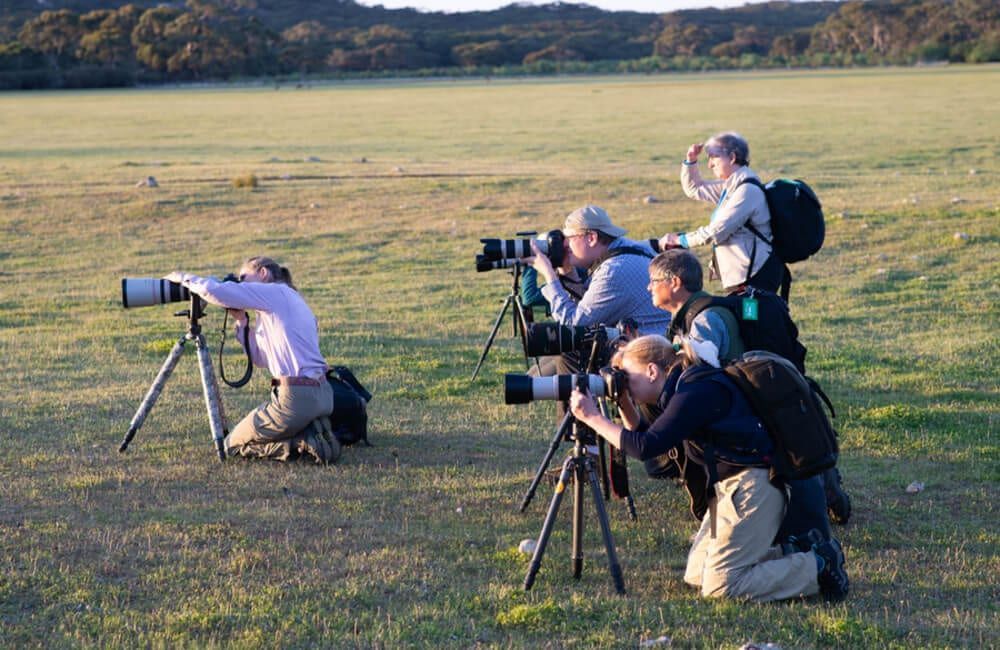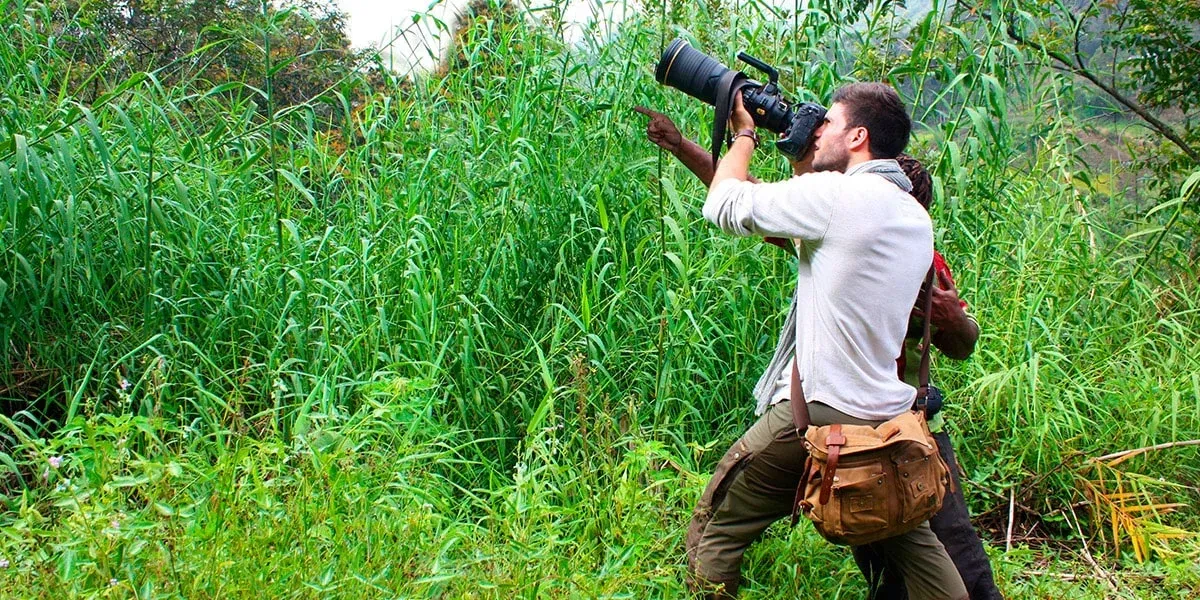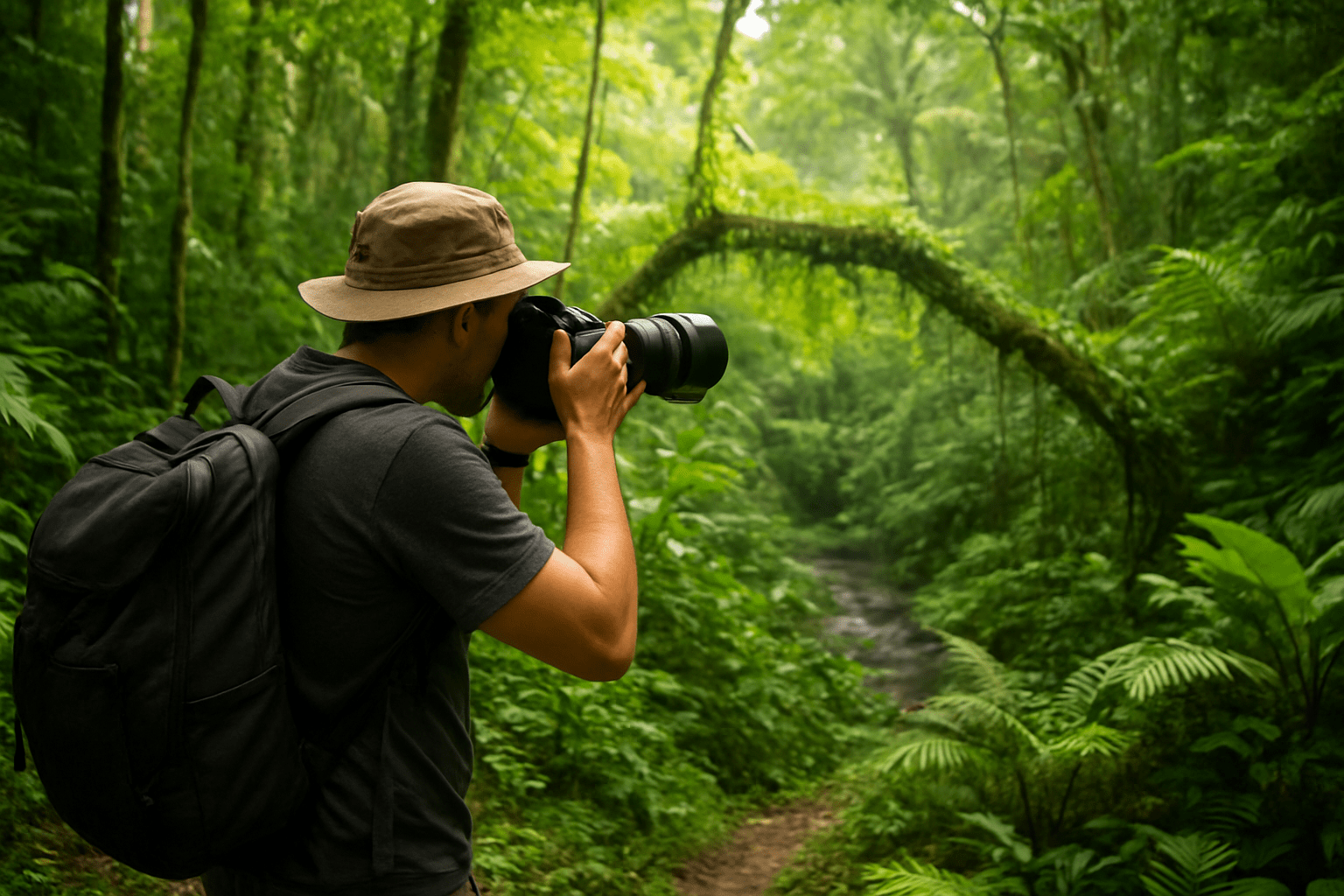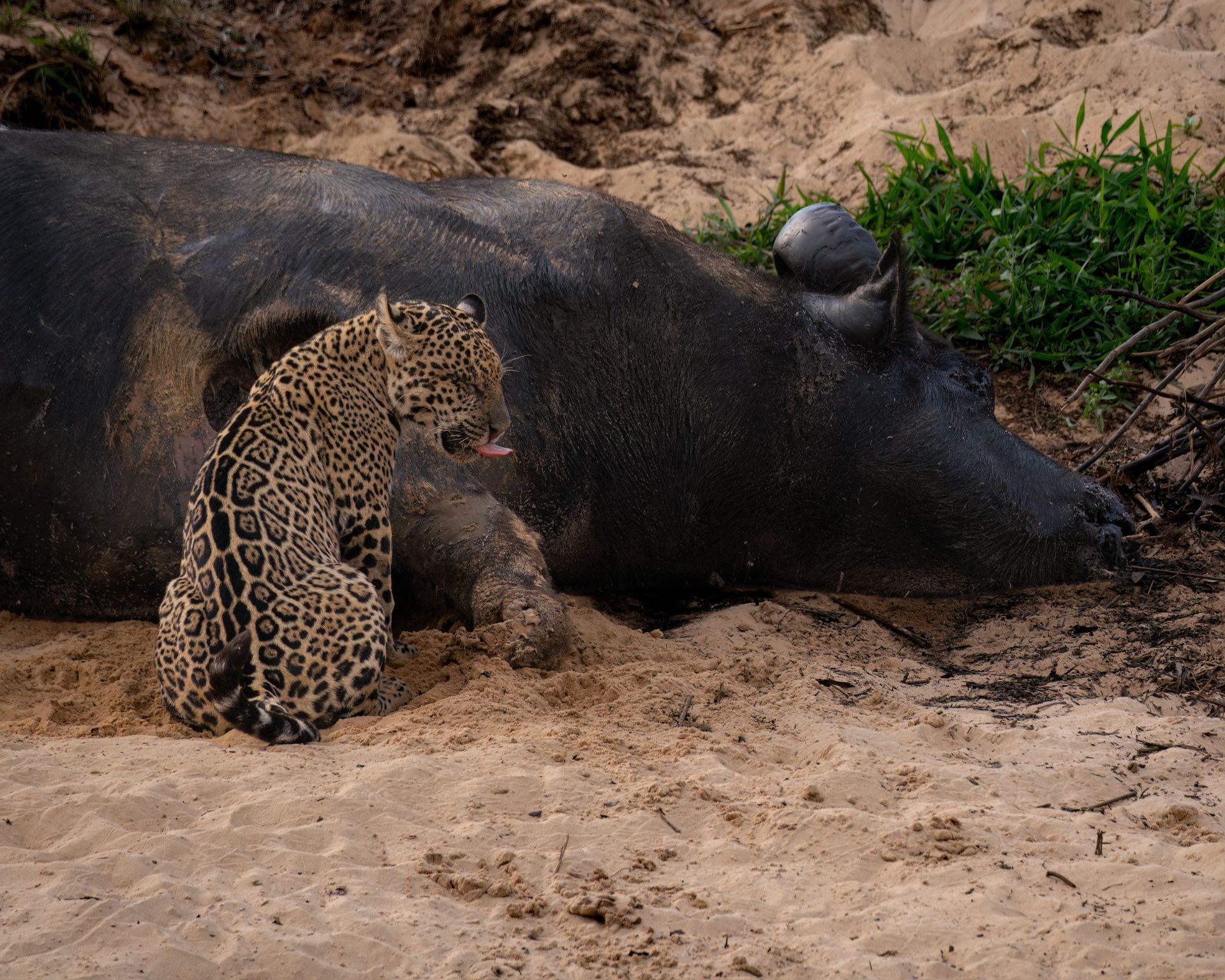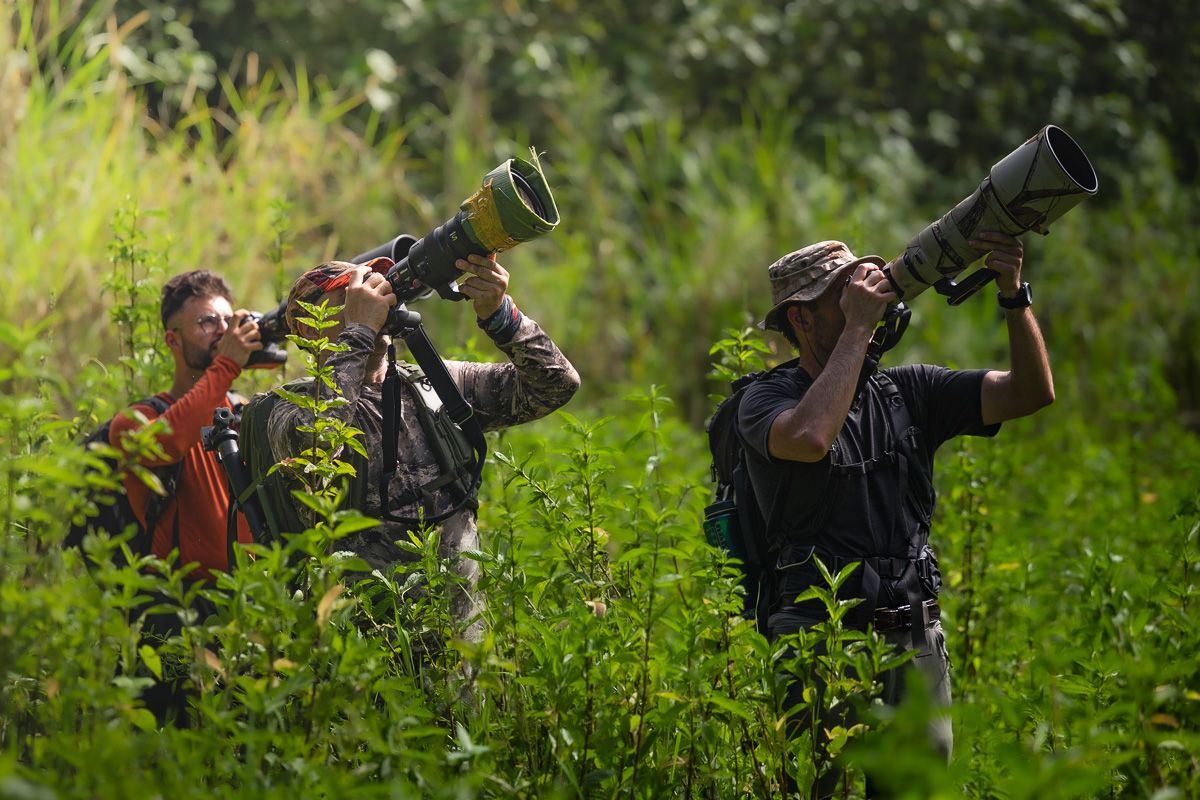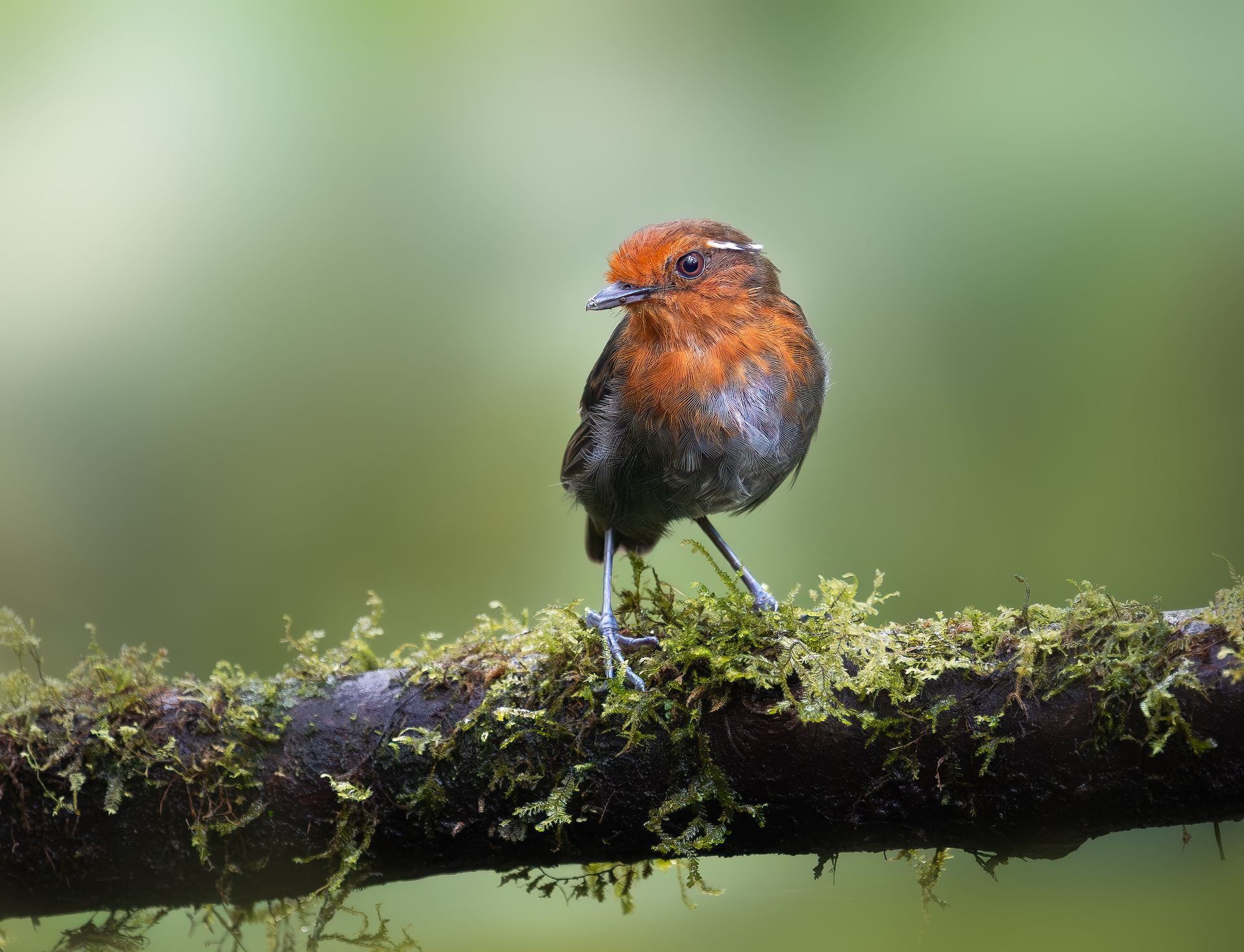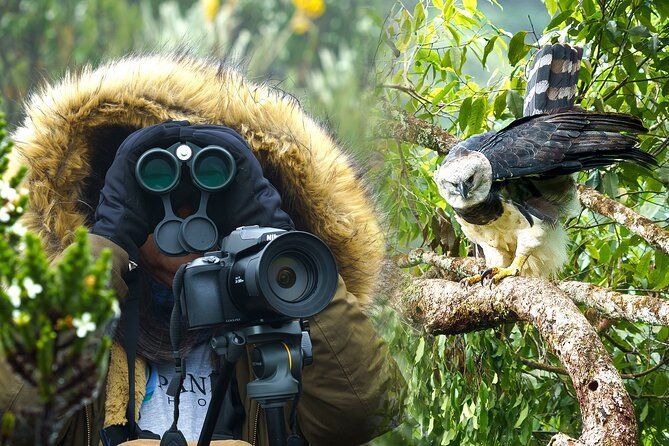The Magic of Photographing Birds in Colombia’s Cloud Forests
Colombia’s Cloud Forests as Birding Paradises
Colombia is one of the most biodiverse countries in the world, boasting over 1,950 species of birds. Among its many ecosystems, the cloud forests stand out as magical realms, shrouded in mist, alive with the songs of birds, and home to numerous endemic species. For wildlife photographers, these forests offer unparalleled opportunities to capture some of the world’s most colorful, elusive, and fascinating avian species.
Photographing birds in cloud forests is not merely about taking pictures; it’s about experiencing the rhythm of life in these misty mountains, understanding bird behavior, and mastering techniques that allow you to immortalize their beauty without disturbing the habitat.
Understanding Cloud Forests
Cloud forests, also known as montane rainforests, are found at elevations between 1,500 and 3,000 meters. Their defining characteristics include:
- Persistent cloud cover and high humidity, creating a soft, ethereal light perfect for photography.
- Dense vegetation: epiphytes, ferns, orchids, and moss-covered branches provide natural perches for birds.
- Cooler temperatures compared to lowland tropical forests, influencing bird activity patterns.
Colombia’s cloud forests are spread across the Andean ranges, with notable areas in the Central Andes, Western Andes, and Santa Marta Mountains. Each forest offers unique species assemblages, ensuring photographers have endless opportunities for discovery.
The Diversity of Birds in Colombian Cloud Forests
Colombian cloud forests host a staggering array of birdlife, including hummingbirds, tanagers, antpittas, quetzals, and trogons. Highlights include:
- Hummingbirds: Species like the Buffy Helmetcrest, Longuemare’s Sunangel, and Black-tailed Trainbearer flourish here. Their iridescent colors and rapid wingbeats make them challenging yet rewarding subjects.
- Antpittas: Ground-dwelling birds such as the Slate-crowned Antpitta are elusive, requiring stealth and patience to photograph.
- Toucans and Trogons: Vibrant bills and plumage contrast beautifully against the forest’s muted greens.
- Endemic Species: Birds like the Santa Marta Parakeet and Santa Marta Woodstar are exclusive to specific cloud forest regions.
The diversity ensures that photographers can capture species across a range of colors, sizes, and behaviors in a single trip.
Planning Your Cloud Forest Photography Expedition
Proper planning is crucial for a successful photography experience in cloud forests:
Research Locations:
- Reserva Río Blanco (Manizales) – Known for hummingbirds and feeding stations.
- Tatamá National Park – Offers dense forest trails with rare antpitta sightings.
- Santa Marta Mountains – High chance to photograph endemic species.
- La Mesenia Reserve (Cauca) – Combines scenic landscapes with diverse birdlife.
Timing:
- Early mornings are best, as birds are most active at dawn.
- Dry season visits (December–March, July–September) reduce rain-related challenges and increase trail accessibility.
Gear Preparation:
- DSLR or mirrorless camera with fast autofocus.
- Telephoto lenses (300–600mm) for perched or flying birds.
- Tripod or monopod for stability.
- Rain covers, insect repellant, and lightweight backpack for comfort.
Techniques for Photographing Birds in Cloud Forests
Capturing birds in dense, misty forests requires specific approaches:
1. Observing Behavior Before Shooting:
- Spend time watching feeding patterns, perch preferences, and flight paths.
- Understanding behavior increases the likelihood of capturing natural, candid shots.
2. Using Light to Your Advantage:
- Cloud forests often have diffused light, reducing harsh shadows.
- Position yourself so the light illuminates the bird’s plumage from the front or side.
3. Composition Tips:
- Include natural frames such as mossy branches, orchids, or ferns.
- Focus on the bird’s eye to create engaging images.
- Use the rule of thirds to balance subject and background.
4. Camera Settings:
- Shutter speed: Fast enough to freeze movement, especially for hummingbirds (1/2000 sec for flight).
- Aperture: f/5.6–f/8 for a shallow depth of field while keeping the bird sharp.
- ISO: Adjust based on light; higher ISO may be necessary in dense canopy areas.
5. Patience and Persistence:
- Birds may appear sporadically or in brief intervals.
- Remaining still and observant often rewards photographers with stunning opportunities.
Ethical Wildlife Photography in Cloud Forests
Responsible practices are essential:
- Do Not Disturb: Avoid chasing or calling birds toward you.
- Respect Nesting Sites: Never photograph nests or chicks.
- Stay on Trails: Protect vegetation and avoid trampling sensitive ecosystems.
- Minimize Noise: Keep movement quiet to prevent birds from fleeing.
Ethical photography ensures the conservation of cloud forests and long-term access for future wildlife enthusiasts.
Spotlight on Iconic Cloud Forest Birds
Hummingbirds: Tiny jewels of the forest, their iridescence is stunning under diffused light. Patience at feeders can result in close-up, vibrant photographs.
Antpittas: Known for their elusive behavior, antpittas require careful tracking and silent observation. Capturing these secretive birds offers a rare photographic reward.
Quetzals: Vibrant, long-tailed birds that are rare and mesmerizing. Waiting for them in fruiting trees often leads to breathtaking shots.
Toucans and Aracaris: Their bright bills and expressive postures make them ideal subjects against misty forest backgrounds.
Personal Experience: Capturing a Buffy Helmetcrest
During my trip to the Chingaza National Park, I spent several hours observing the Buffy Helmetcrest, a high-altitude hummingbird endemic to Colombia:
- I first located the bird by listening for its sharp, high-pitched call.
- Using a 400mm telephoto lens, I captured its iridescent feathers as it fed on Salvia flowers.
- Careful positioning allowed me to frame the hummingbird against misty paramo scenery, creating a dramatic and natural shot.
This experience emphasized the reward of patience, knowledge, and respect for the species.
The Role of Guides and Local Knowledge
Working with experienced local guides greatly enhances the photography experience:
- Guides know hidden trails and feeding areas that are difficult to find alone.
- They provide insights into bird behavior and seasonal patterns, increasing success rates.
- Supporting local communities through guided tours contributes to conservation and sustainable tourism.
Hiring a guide ensures both a productive and responsible wildlife photography adventure.
Challenges in Cloud Forest Photography
Cloud forests are stunning but come with challenges:
- Weather Variability: Rain, fog, and cloud cover can change quickly.
- Dense Vegetation: Birds may be hidden, requiring long periods of observation.
- Altitude Effects: Some areas are at high elevations, demanding physical stamina.
- Insects: Mosquitoes and other insects require preparation and repellant.
Overcoming these challenges requires preparation, adaptability, and a love for the experience itself.
Post-Processing Cloud Forest Images
Editing is key to bringing out the magic of cloud forest photos:
- Adjust exposure and contrast to balance misty backgrounds with vibrant bird colors.
- Enhance sharpness around the eyes and feathers without over-processing.
- Slightly boost saturation to make plumage colors pop while keeping the environment natural.
- Crop carefully to highlight the subject while preserving context.
Post-processing transforms a good photograph into a memorable storytelling image.
The Magic of the Experience
Photographing birds in Colombia’s cloud forests is more than just a technical endeavor. It is about:
- Experiencing the serenity and mystery of mist-covered forests.
- Witnessing the interactions between species and their habitat.
- Connecting with nature on a deeply personal level.
Every successful photograph reflects hours of observation, patience, and respect for the forest.
Conclusion: Why Cloud Forest Bird Photography is Unforgettable
Colombia’s cloud forests are living art galleries, offering wildlife photographers a chance to capture extraordinary species in dramatic landscapes. The combination of diverse species, ethereal light, and misty mountains creates magical photographic opportunities.
Through preparation, patience, ethical practice, and local knowledge, photographers can document the rich avian life of these forests while contributing to awareness and conservation.
Whether photographing hummingbirds in flight, antpittas foraging on the forest floor, or quetzals perched high in the canopy, each encounter is a testament to the magic and wonder of Colombia’s cloud forests.
Colombia’s cloud forests are not only a destination—they are an experience, a challenge, and an invitation to witness one of nature’s most spectacular stages.



